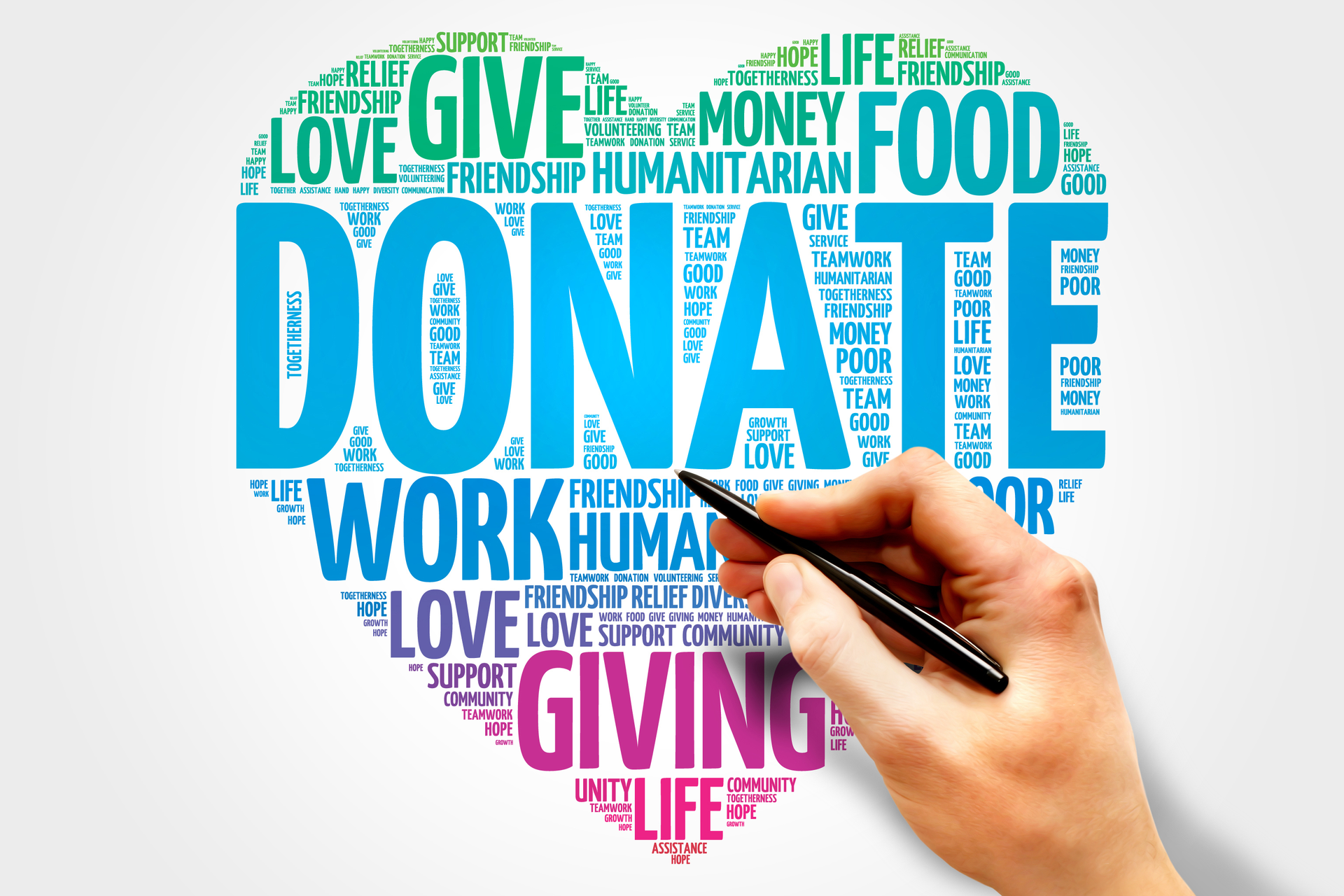As the ranks of the unemployed continue to swell and people’s lives are upended because of the coronavirus outbreak, people might be wondering what they can do to help. Charitable giving could be a way to make a difference in these uncertain times.
According to a survey of nonprofit organizations by Charity Navigator and Reuters this month, 83% of respondents said they were suffering financially because of the outbreak. Many groups have had to cancel fundraisers and in-person events meant to bring in revenue.
But choosing where to donate can be an overwhelming task.
“Giving is such a personal experience for people,” said Laura Tomasko, policy program manager for the Center on Nonprofits and Philanthropy at the Urban Institute.
Here are some strategies for how to approach your giving.
Choosing an organization
Are you concerned about first responders? Senior citizens? Something else? Think about which issues are important to you, and find an organization that does work in that realm. Or, if you’re already supporting a group, increase your donation.
Experts suggest looking around your community and taking stock of how smaller organizations might be helping those in need.
Amir Pasic, the dean of the Indiana University Lilly Family School of Philanthropy, suggested asking neighbors where they donate. A way to make choosing an organization fun is to get your family members involved in the decision making. That can also help instill habits of generosity across generations.
Pasic also recommended considering smaller organizations.
“You might have a local nonprofit that does a lot of work but might not be as prominent,” Pasic said.
Groups such as Giving Compass and Charity Navigator have compiled lists of COVID-19 response funds if you’re looking to donate to organizations that are assisting with relief.
You can also think about contributing to donor-advised funds, which will help you take advantage of charitable tax benefits. You put money into an account, let it grow over time and then donate it. Large financial corporations such as Fidelity, Vanguard and J.P. Morgan can help with these types of accounts.
Do your homework
Take a look at the organization’s website to get a sense of what it actually does in the community. If possible, read the group’s annual report, which should include information on their impact and scope.
When looking at a group’s website, “there should be some evidence that they actually do the work,” Pasic said.
Check financial information for excessive salaries. But be wary of the “overhead myth” — which is that you can judge an organization by the share of cash it spends on its employees and administrative costs — because it is an outdated way to measure a group, experts say.
“Overhead is no longer looked at as the be-all, end-all,” said the Urban Institute’s Tomasko. She said overhead might be easy to measure, but it’s an inadequate metric that doesn’t account for attracting talent or other important factors.
You can also research nonprofits through various databases that evaluate their impact and financial data. Groups such as Guidestar, Give.org, and Charity Navigator are among those options. Guidestar, for example, has a profile on nonprofits sorted by programs, financials and operations. Charity Navigator employs analysts who assign star ratings to charities.
Not all groups meet the full criteria to be considered for evaluation, so if a charity isn’t rated on one of those websites, that doesn’t mean it’s not legitimate.
How much should you donate?
Again, this is a personal decision.
Kevin Scally, the chief relationship officer for Charity Navigator, said that since the beginning of the pandemic, his group has seen giving on its own platform increase by 30% to an average gift of $130 per household, compared with the same period last year.
The Lily Family School of Philanthropy at Indiana University compiled a generosity map, where you can explore how much people give in your area. There are also fact sheets with various statistics to explore, and a Give-O-Meter, where you can plug in your own demographic information and see how you compare to those like you.
Alexander DePaoli, a marketing professor at Northeastern University, warned against overthinking when choosing to whom and how much to donate. DePaoli, who researches the effects of emotion in consumer reasoning, said you’ll get the most happiness from donating to what matters to you.
DePaoli offered a simple piece of advice: “If there is something that you care about … donate to something that targets that.”
———
©2020 Los Angeles Times
Visit the Los Angeles Times at www.latimes.com
Distributed by Tribune Content Agency, LLC.
Thanks for reading CPA Practice Advisor!
Subscribe Already registered? Log In
Need more information? Read the FAQs
Tags: Accounting, Benefits, Income Tax, Small Business




